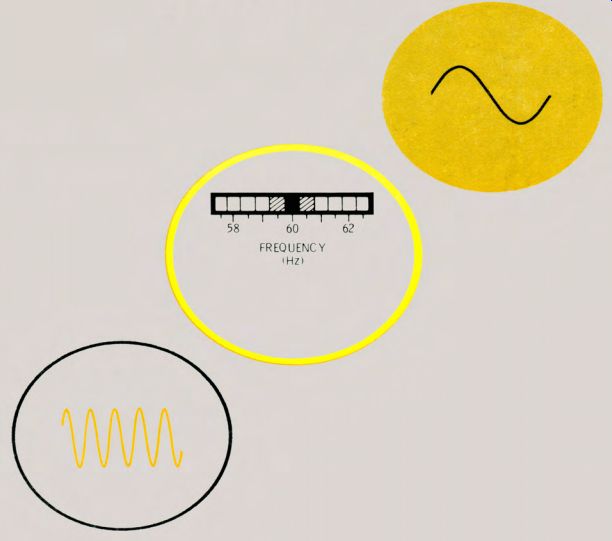CONTENTS:
a. Frequency and WAVELENGTH CONVERSION FACTORS
b. Frequency-WAVELENGTH FORMULAS
c. Frequency-PERIOD FORMULAS
d. ABBREVIATIONS USED IN THIS GUIDE

This guide is addressed to the reader who knows practical electronics and who desires more information about frequency and frequency measurement than what is provided by the average electronics textbook. It gives a brief introduction to frequency and several methods of frequency measurement.
Section 2 covers audio-frequency measurement. Some of the methods covered are the beat-note method, induction-type frequency meter, reed-type frequency meter, and analog and digital frequency meters.
Radio-frequency measurement is covered in Section 3. Special precautions such as lead length, grounding, bypassing, shielding, and harmonics are discussed. Some of the instruments covered include wavemeters, Lecher frame, slotted line, dip meter, and Lissajous figures.
It is hoped that Frequency and Its Measurement will help the technician to select a suitable method for his particular frequency measurement problem.
Preface
Frequency is perhaps the property most often associated with every ac phenomenon. It is also the unique characteristic that distinguishes the radio spectrum from the audio spectrum, and heat from light, and it accounts for the difference between X-rays, gamma rays, and the various colors of light. Frequency can be measured and/or controlled with some of the greatest precision known in the world of applied science. Through use of an atomic frequency standard, for example, the National Bureau of Standards maintains the frequency of transmissions from stations WWV and WWVH with an accuracy of ±2 parts per 100 billion.
This guide offers a brief introduction to the subject of frequency and provides a survey of frequency-measurement methods. It is addressed to the reader who already knows practical electronics and who desires a more comprehensive view of frequency than is provided by the average textbook of general electronics. The presentation is mostly practical and therefore essentially nonmathematical. Supplementary information is offered by the appendixes.
It is hoped that this guide will ease the task of the technician who must occasionally measure frequency and would like to select the most suitable method for a particular instance.
Also see: